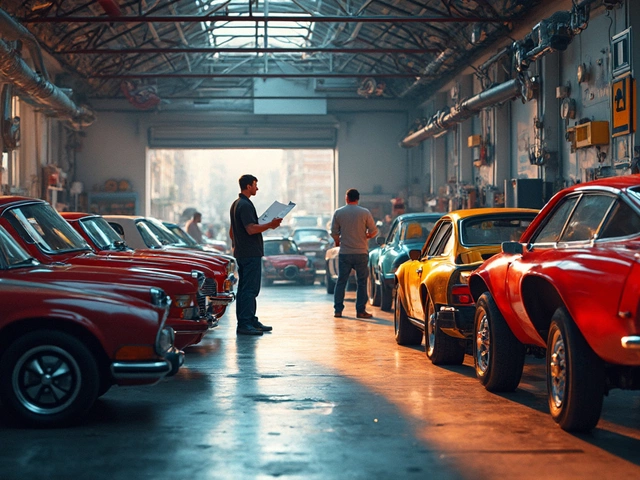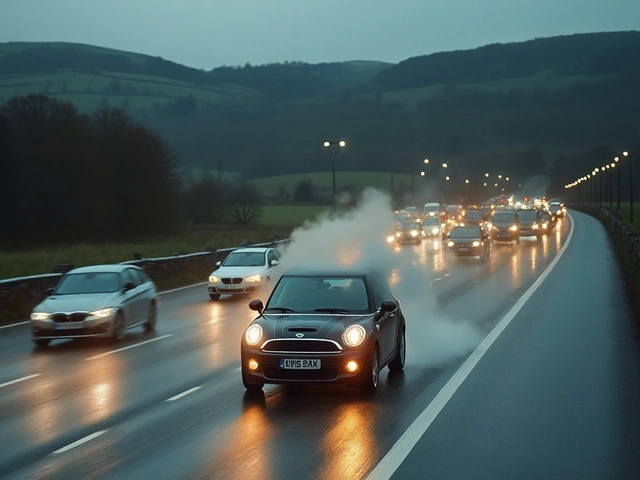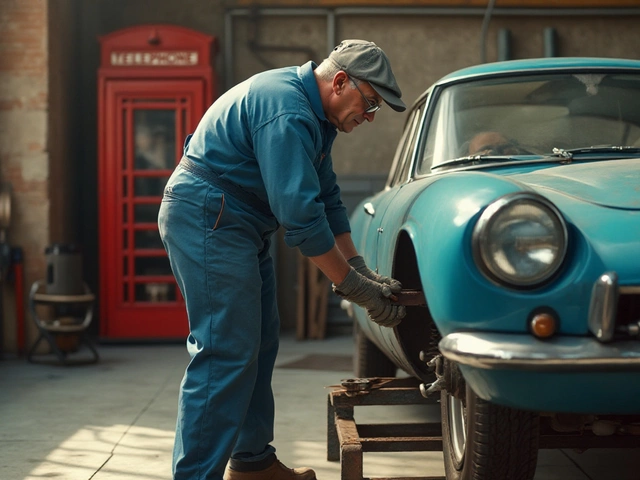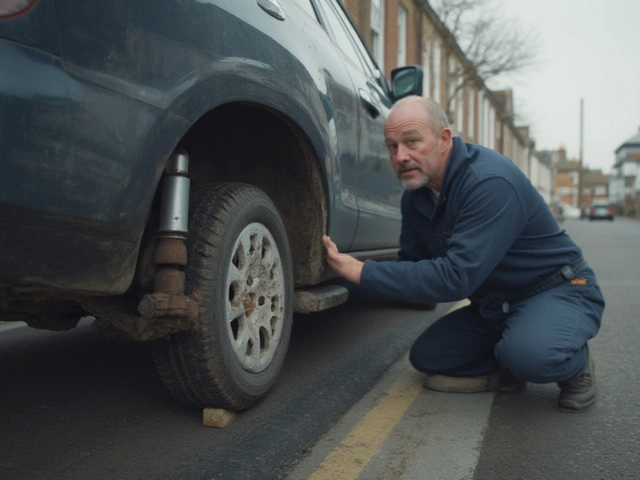Ever been stuck at a light, press the gas, and instead of taking off, your car just revs up like it’s showing off at karaoke? That’s just one of the red flags your clutch is giving up on you. Ignoring a slipping clutch isn’t just asking for roadside breakdowns—it puts your safety at risk and can strain your wallet with major repairs. A lot of folks shrug off a whining engine or a wonky gear shift, chalking it up to a heavy foot or old age. But clutch trouble doesn’t fix itself. Once it starts slipping, you’re basically on borrowed time.
What is Clutch Slipping and Why Should You Care?
Clutch slipping isn’t some abstract mechanical concept—it’s the moment when your car fails to connect that engine power to the wheels, and you’re left lurching or revving with little to show for it. Manuals, more than automatics, rely totally on the clutch to keep things moving. Press your foot down, and the clutch disc should hold tight so the wheels get everything the engine’s got. But heat, wear, and just daily life can eat away at that disc, turning your pedal press into a useless serenade of engine noise.
The interesting thing is, a lot of cars rack up over 100,000 miles before the clutch starts quitting. But some folks burn through one in just 30,000 if they ride the clutch hard, tow heavy loads, or deal with stop-and-go bumper car traffic every day. Mechanics say most clutch jobs come from folks who didn’t notice or ignored the earliest clues—a big, costly mistake.
Want a number? According to repair data from AAA, the average cost to replace a clutch in the United States runs between $700 to $1,200, but for some brands and tricky engines, that number can almost double. People often drive with a slipping clutch for weeks, sometimes longer, grinding up more than just the clutch disc; deeper repairs can take a bite out of your savings. The difference between catching the problem early and driving until it fails is the difference between a small repair bill and maybe selling off your favorite weekend ride for parts.
Not convinced it’s a big deal? Here’s the kicker—a worn clutch can cut your car’s fuel efficiency by up to 15%. And if you’re driving on hilly roads or with a heavy load, that number slides even higher. Doesn’t take long before a slipping clutch hits you at the pump, too.
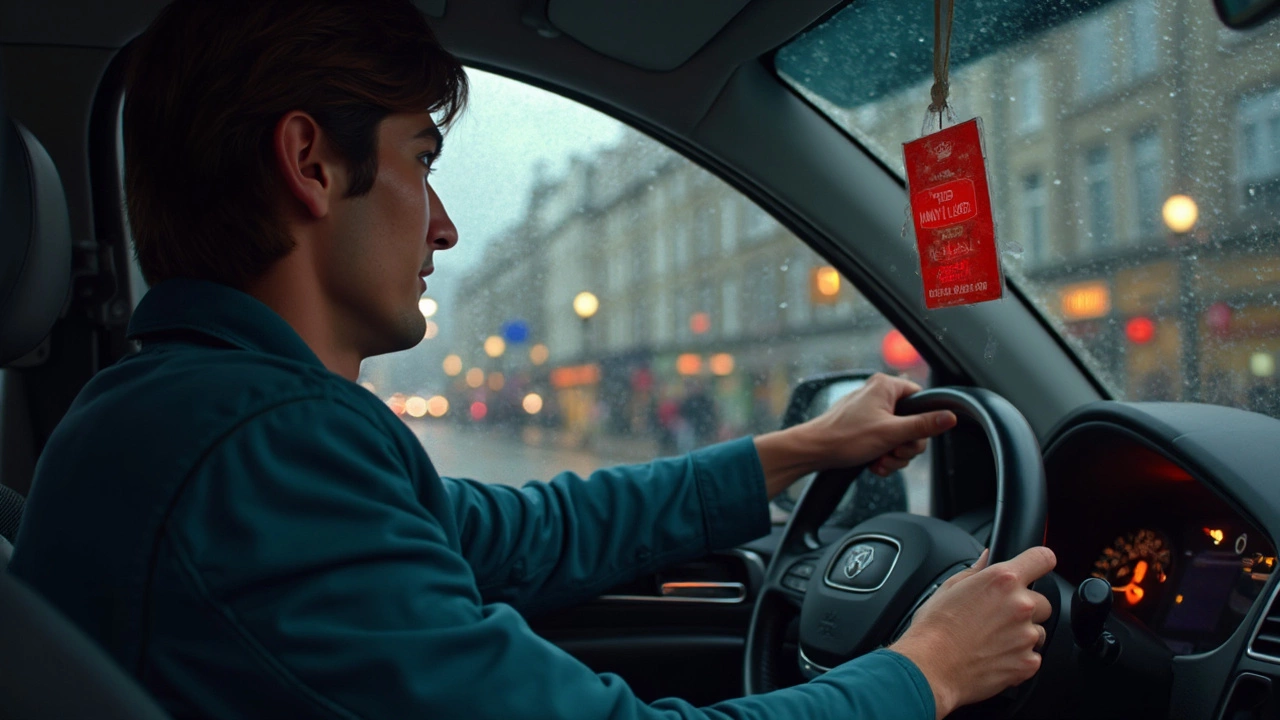
Spotting the Signs: When Your Car Tries to Warn You
Let’s talk about those can’t-miss clues. If your car starts acting like a stubborn mule instead of your trusted sidekick, pay attention. Start the engine, pick a gear, step on the gas—and if your RPMs rise wild but your speed stays the same, that’s the classic ‘engine racing’ sign. Newer drivers sometimes mistake this for a powerful engine, but old timers know it’s really the clutch crying out.
Another dead giveaway? A burning smell drifting into the cabin. That’s not your brakes or your neighbor’s barbecue; it’s usually clutch material cooking under stress. If you smell that after highway merging or a hard shift, you need to check your clutch—unless you enjoy the scent of burned toast with your morning drive.
The pedal itself can spill the truth. If you tap the pedal and it feels spongy, sticky, or releases at the very top of its travel, you’re probably looking at a clutch not gripping like it used to. Some DIYers swear by the simple driveway test: set the parking brake, put the car in high gear (like third or fourth), and slowly let off the clutch while pressing the gas gently. If the engine doesn’t stall but revs up instead, well, you’re dealing with a slipping clutch.
Let’s break down the most obvious signs so you can keep an eye (and a nose) out:
- Unusual increase in engine RPMs without speed gain during acceleration
- Noticeable drop in acceleration even when you push more gas
- Burning, acrid smell—sometimes compared to burning rubber or paper
- Difficulty towing or climbing hills (the clutch will slip more under load)
- Gear changes that feel ‘off,’ like rough, noisy, or with extra effort
- Higher than usual clutch engagement point on the pedal
- Visible clutch dust gathering under the clutch pedal or firewall area
It’s easy to blame rough shifting or slow acceleration on bad gas or an off day, but your car is giving you a chance to catch the problem early. One overlooked detail: Some folks skip regular fluid checks, but the clutch shares brake fluid in most cars with hydraulic clutch systems. If you see a drop in fluid, or notice the pedal feels soft, check for leaks—you might have a clutch master or slave cylinder leak, which will sneak up with similar symptoms.
Here’s an interesting table to lay out the facts. Check out the average lifespan of clutches across brand types and usage:
| Car Type | Typical Clutch Lifespan (Miles) | Common Failure Age |
|---|---|---|
| Daily Commuter Sedan | 100,000-150,000 | 6-8 years |
| Sports Car | 30,000-60,000 | 2-5 years |
| Pocket Truck/SUV | 70,000-120,000 | 5-9 years |
| Heavy Towing Vehicles | 25,000-60,000 | 1-4 years |
| Weekend Classic | 150,000+ | 10+ years (if driven rarely) |
The numbers don’t lie. The life your clutch sees depends as much on how and where you drive as it does on the brand. Track day racers? Yeah, they swap clutches like phone cases. Folks who only see open highways? That clutch could outlive the rest of the car.
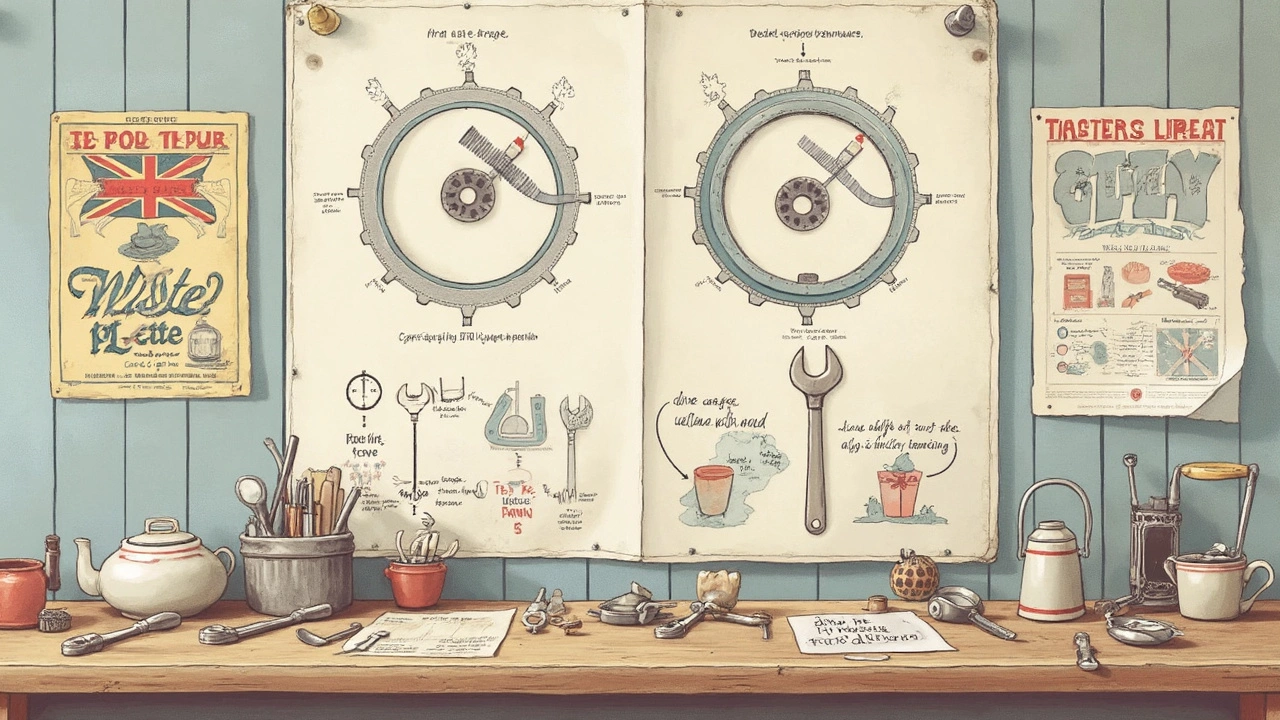
What to Do Next: Testing, Fixing, and Saving Your Clutch
Spot the signs? Don’t panic, but don’t drag your feet either. Testing your clutch isn’t tough—you don’t need a full garage setup. Try the trick with the parking brake and high gear. Pop into third, set the handbrake, slowly let out the clutch while you ease on the gas. If the engine keeps spinning without the car budging, yep, the clutch is letting go. Hear a metallic scraping or screech? That’s your clutch plate or throw-out bearing saying goodbye.
If you’re feeling nerdy, look for a diagnostic scan tool. Some newer manual cars have sensors that flag clutch or transmission faults, though classic rides won’t hand you that luxury. Keep an ear out for grinding or whining when shifting—if the noise matches every time you play with the pedal, it’s probably clutch related, not gearbox.
DIYers sometimes ‘adjust’ the clutch cable, but honestly, with most new cars using hydraulic systems, there’s not much to tweak. If you drive a vintage ride or something with an adjustable cable, tightening it can recover a little bite, but that’s a Band-Aid, not a fix. Once the friction material is gone, you can’t put it back with a screwdriver.
If you’re looking to stretch your current clutch while you schedule a repair, take it easy on the pedal. Shift gears smoothly, avoid riding the clutch at stops or in slow traffic, and steer clear of towing or hard launches. Your *clutch slipping* problem only gets worse with abuse. Some car forums are full of people bragging about limping along for months, but the damage just keeps piling up—and so does the repair bill.
Wondering if there’s a ‘miracle’ fix? Additives and DIY gadgets make big promises, but veteran mechanics agree they aren’t worth your cash. Once the friction material is worn, it’s done. The only real fix is replacing the clutch assembly—which usually means a new disc, pressure plate, and throw-out bearing. Some shops replace the flywheel or resurface it too. If you’re budgeting, ask your mechanic what’s actually worn; in a lot of cases, it’s all three main parts, especially with miles on the car.
Thinking about driving with a bad clutch ‘just a little longer’? Not a great move. You risk damaging other pricey parts, like the flywheel, transmission input shaft, and even the starter motor. If you’re out of options and need to nurse your car a bit, avoid quick starts, keep to low gears, and don’t lug the engine. Every mile is a gamble at this point.
If you’re shopping for a new car or looking at used rides with stick shift, always check for clutch slip before buying. A careful test drive—feel for the bite point, sniff for burning smells, and watch those RPMs—can save you a stack of cash. Don’t trust just the seller’s word, either. Anyone can hide a problem for a quick sale, but only a real road test reveals the truth.
People always ask how to make clutches last longer. Simple habits go a long way. Don’t ride the clutch, keep your foot off the pedal between shifts, go easy in traffic, and shift smooth. If you tow heavy loads, upgrade to a performance clutch. And stick to regular maintenance—check the clutch fluid if your car has a hydraulic setup, keep an eye for leaks, and trust your senses. Strange sounds, smells, or a weird pedal feel? Don’t ignore them. Your clutch is the handshake between you and the road. Treat it right and it’ll return the favor for thousands of miles down the line.



